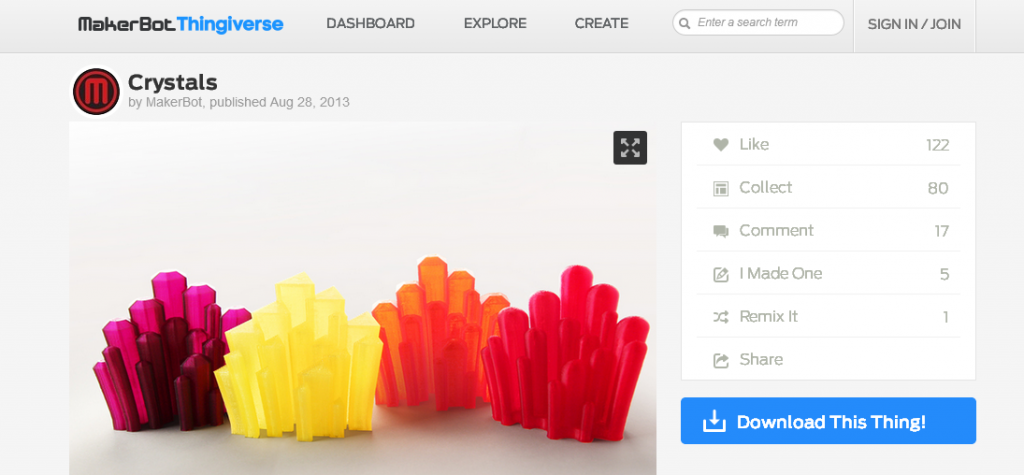From the Digital into the Physical: 3D Printing
In the west district of Amsterdam there is a building called the “old ACTA”, which is an old dentist academy and is now used for student housing and as a place where artists have their workshops. A few weeks ago I was visiting these workshops. Inside I found artists who were building a music studio, others were creating paintings and also I found a few hippy geeks building a 3D printer. I asked a guy with a long beard what he was printing. ‘A holder for my Ipad’, he told me. He said that he didn’t spend much money on the materials to build the printer. He explained that soon everyone will be able to buy a cheap 3D printer and this will trigger a revolutionary change in today’s society.
This day reminded me of all the stories I’ve heard about the first computers that were build in the Silicon Valley garages. People building those computers weren’t just technicians, they were geeks with ideas, just as the guy who was building the 3D printer. The 3D printer will change today’s society, as the man told me. So what is going to change? I’m unable to answer this question fully. However, what strikes me most about the 3D printer, is that things that were first only possible in the digital world, can now be printed into the physical world. Here, I will explore some fields of study where this shift, from digital to physical, is noticeable.

The first thought that comes to my mind is that the 3D printer is opening a field for scientist to think about the possibilities. Most people know that a 3D printer can print simple objects from a sort of plastic material. However, research is being done to use other materials as well. For example, printing with liquid metal, which cools down and becomes solid after printing. Even NASA has already printed rocket parts. One of the most striking research is being done by medical and biological scientist who are doing research on printing organs!
The idea is that in the digital world everything is possible with code. People can create anything in the digital world. Now all these ideas can be transformed into physical objects.
A second shift from digital to physical is noticeable in the art scene. Of course we can think about 3D modelers who can now print their work into physical objects. But there is a more striking example which comes from the glitch art scene. Glitch artist create art out of failures or bugs from digital content. 3D printers also have bugs and failures, and so a new form of art was created.


Another field where there is noticeable shift from digital to physical is the copyright and free/open software area. Berman (2012) argues in his article 3-D Printing: The new industrial revolution that it will not take too long for the first 3D printers are created which can be purchased for less than $300 (162). When this happens, the 3D printer will be another furniture in everyone’s home. One of the greatest features of digital data is that it is easily shared. So what happens when we can copy physical object just as easy as downloading a text file? On the website of Thingiverse it is possible to upload and download designs for free. The “download file” button is replaced by “download this thing”. So far there are only simple creative designs, but questions about piracy and copyright arise when it will be possible to download commercial objects.
The 3D printer will have enormous effects on different areas. I have only mentioned a few of them. There is a common pattern in each of the example I have given. There is move from digital reality to physical reality. It is possible to create anything on a computer, soon all these ideas and digital creations can become part of the physical world. This accounts for the creativity and possibilities, but also for the challenges like copyright and piracy.
Literature
Berman, Barry. “3-D printing: The new industrial revolution.” Business Horizons 55 (2012): 155-62
